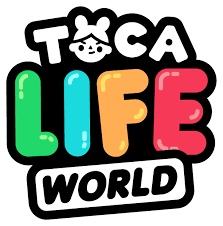A Centennial Question: Nintendo’s Shigeru Miyamoto and Takashi Tezuka Weigh In on Mario’s 100-Year Legacy
Popular Now
 God of War Ragnarök
God of War Ragnarök
 Call of Duty
Call of Duty
 Minecraft
Minecraft
 EA SPORT FC 25
EA SPORT FC 25
 Counter-Strike 2
Counter-Strike 2
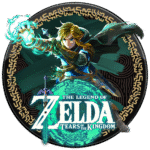 The Legend of Zelda
The Legend of Zelda
 R.E.P.O
R.E.P.O
 Geometry Dash
Geometry Dash
 Auto X Drift Racing 3
Auto X Drift Racing 3
 Roblox
Roblox
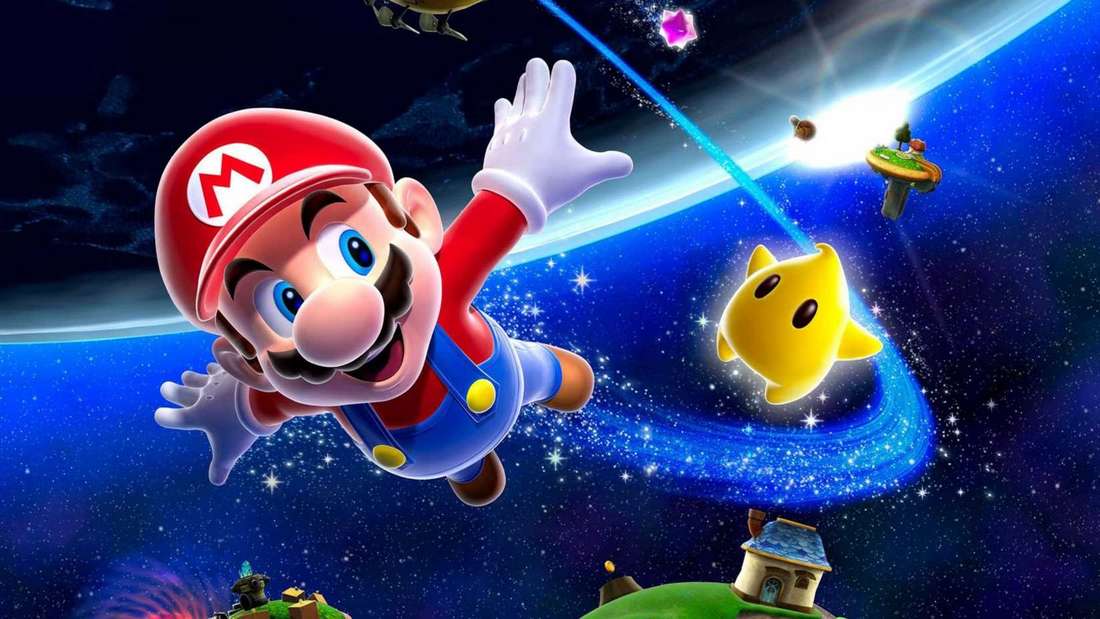 TOKYO, Japan — October 29, 2025 — The 40th anniversary of Super Mario Bros. has sparked an unprecedented global conversation among video game enthusiasts and the broader entertainment industry: Can the iconic Nintendo mascot, Mario, maintain his phenomenal popularity until his 100th birthday in 2085? In a rare and insightful glimpse into the minds of the character’s creators, newly released details from the Nintendo Museum Official Book reveal the strategic philosophy guiding the plumber’s enduring legacy.
TOKYO, Japan — October 29, 2025 — The 40th anniversary of Super Mario Bros. has sparked an unprecedented global conversation among video game enthusiasts and the broader entertainment industry: Can the iconic Nintendo mascot, Mario, maintain his phenomenal popularity until his 100th birthday in 2085? In a rare and insightful glimpse into the minds of the character’s creators, newly released details from the Nintendo Museum Official Book reveal the strategic philosophy guiding the plumber’s enduring legacy.
The Interactive Core: Miyamoto’s Blueprint for Mario’s Longevity
The conversation centers around the character’s designer, Shigeru Miyamoto, and director Takashi Tezuka, who both stress that Mario’s survival hinges on his core appeal: interactive entertainment.
Miyamoto-san, often dubbed the “Walt Disney of gaming,” strongly believes that Mario’s strength lies in his origin as a character born from a playable medium. Unlike characters initially conceived for static media like comic books, Mario’s ability to represent the player’s avatar in an evolving world of digital technology is his secret weapon for reaching the centennial milestone.
- Evolution Through Technology: Miyamoto-san stated definitively that Super Mario “will constantly evolve by incorporating new digital technology.” This strategic commitment to innovation ensures the franchise remains a pioneer in the gaming sector.
- The “Running and Jumping” Prime Point: Despite the expansion into major visual fields, such as the wildly successful Super Mario Bros. Movie and global theme parks, Miyamoto emphasizes that Nintendo must not forget Mario’s fundamental essence: running and jumping. This simple, universal action forms the indestructible core of the gameplay experience.
- Multi-Generational Shared Experience: The longevity is already evident in the current demographic, where three generations can play together. This shared experience is a high-value asset, ensuring a continuous influx of new players, which is critical for long-term franchise success.
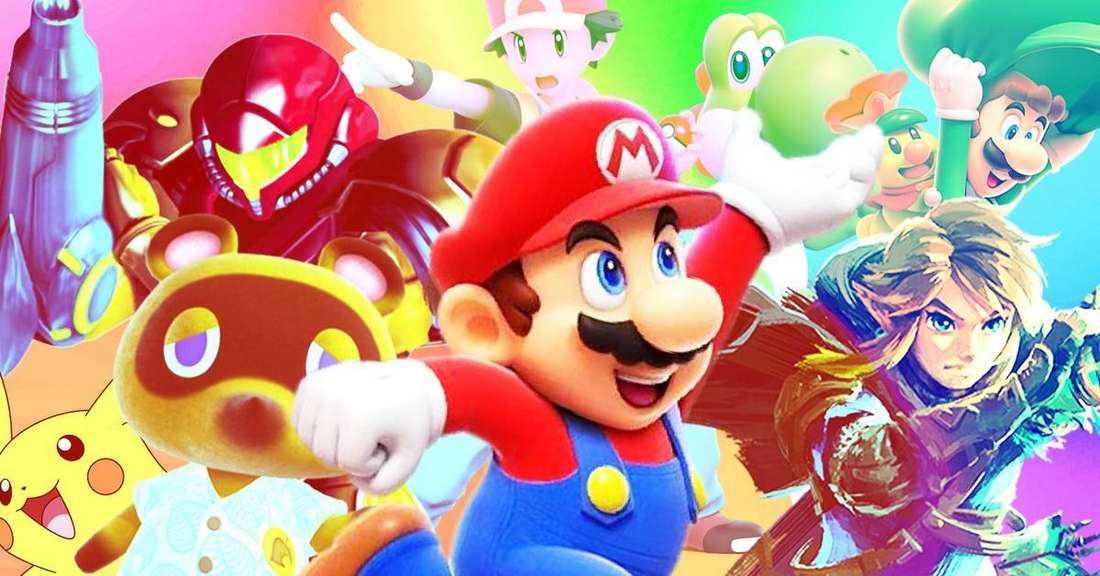 Avoiding Boredom: Tezuka’s Gradual Innovation Strategy
Avoiding Boredom: Tezuka’s Gradual Innovation Strategy
Echoing Miyamoto-san’s sentiments, Takashi Tezuka, a long-time director and developer on the franchise, highlighted the danger of player fatigue. His perspective offers a more cautious, yet equally optimistic, outlook on maintaining player engagement in the fiercely competitive entertainment software market.
Tezuka-san confessed that the creation process is a constant battle against predictability: “One might think it would be a miracle if Mario was still here after 100 years, since we make things while not knowing when our players may get bored with them.”
- The Importance of Gradual Change: The key to player retention is not drastic overhauls but rather introducing new elements “little by little.” This subtle, incremental evolution ensures that while the games feel fresh and innovative, they still retain the familiar magic that core gamers expect.
- Focus on “Fun to Play”: Regardless of new media ventures or technological advancements, the fundamental metric for success remains whether the game is fun to play. This user-centric philosophy is the bedrock of Nintendo’s design culture.
- High-CPC Keywords in Gaming: This strategic focus on quality interactive content directly taps into high-value digital advertising keywords in 2025, such as cross-platform play, interactive entertainment, and next-generation gaming, securing a robust future in the digital marketing landscape. The commitment to premium gaming content attracts a high-spending consumer base.
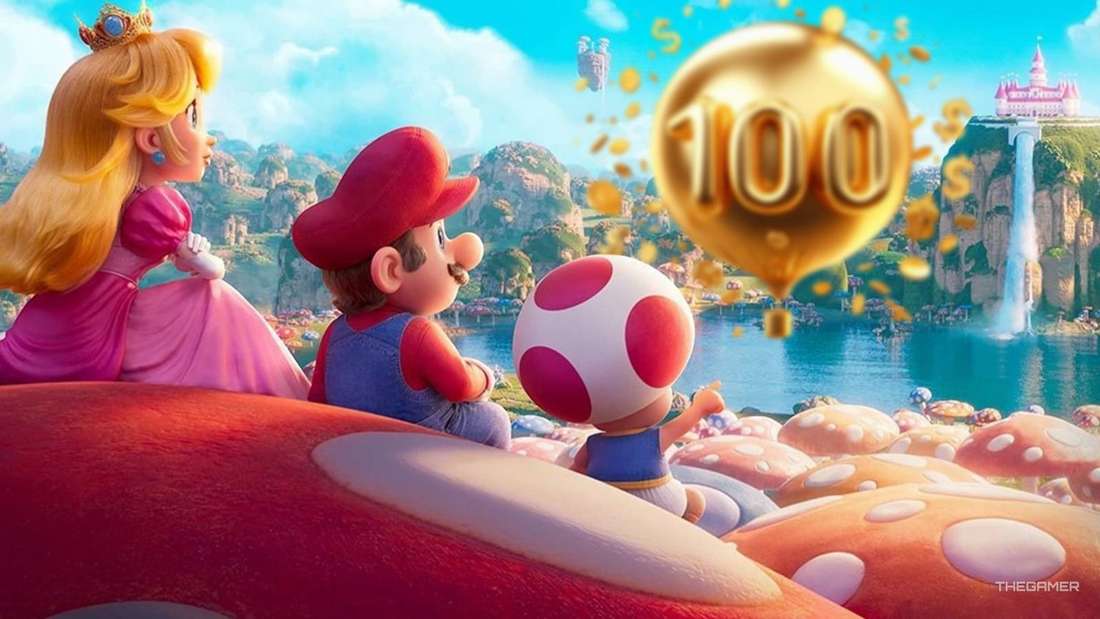 The Road to 2085: Passing the Torch
The Road to 2085: Passing the Torch
While the original creators have laid a clear philosophical foundation, the challenge of the next six decades remains the eventual transition of creative control. As the discussion moves beyond the current generation, the onus will fall on future Nintendo teams to uphold this delicate balance of tradition and innovation.
Strongly, the team’s confidence lies in the established parameters: maintain the core running and jumping, embrace cutting-edge digital technology, and, most importantly, never stop making the experience fun and accessible across generations. The comparison to Mickey Mouse, a character born 50 years before Mario, who continues to thrive by adapting to new mediums like animation, theme parks, and merchandise, serves as a powerful precedent for the little plumber’s big future.
The global gaming industry will undoubtedly watch this journey closely. For Nintendo, the centennial of its most beloved character is not just a hope—it’s a high-stakes business plan rooted in best-practice game development and an unyielding belief in the power of play. With Mario Kart World and other anticipated titles on the horizon, the financial commitment to maintaining this top-tier gaming IP is clear, promising a rich pipeline of premium video games for years to come. The question is no longer “if” Mario will be there, but “how” he will continue to redefine the future of interactive software and e-commerce platforms.


